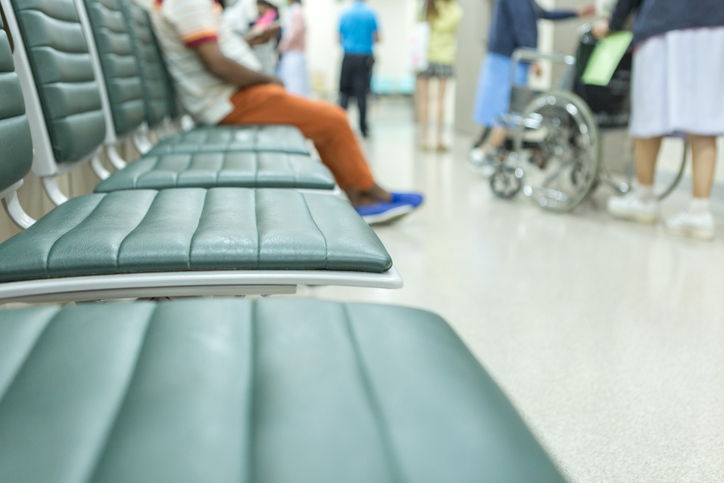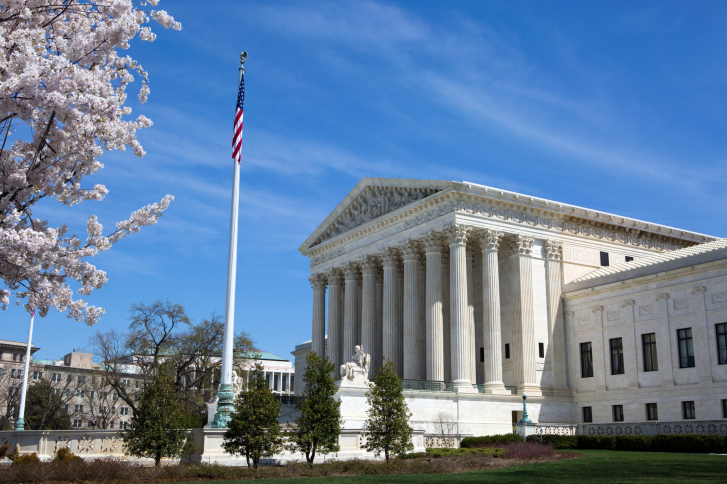The New York Yankees’ new $1.3 billion stadium—the most expensive ever built in the United States—is being made possible by a generous grant from an increasingly familiar sponsor: the taxpayer.
“As far as I know, no other stadium in American history has ever gotten as much public funding as this one,” said Ilya Somin, assistant professor of law at George Mason University School of Law. “There is every reason to oppose this kind of sports stadium socialism.”
Taxpayer funding for the new Yankees stadium consists of city and state government subsidies between $200 million and $450 million, $941 million in tax-exempt bonds from the New York City Industrial Development Agency, and, if the Yankees get their way, an additional $350 million in tax-exempt bonds.
While the Yankees and other sports teams tout the economic benefits they bring to their communities as justification for tax subsidies, Somin notes economists—both liberal and conservative—beg to differ.
“There is absolutely no justification for this kind of government subsidization of big business,” Somin said.
Economist Allen Sanderson of The University of Chicago agrees. He specializes in the study of sports economics.
“The bottom line is that stadiums, convention centers, these kinds of facilities do not produce anywhere near the windfall benefits they promise communities,” said Sanderson. “When you see numbers talking about how many dollars a team brings into the community, move the decimal point one [place] to the left and you’ll probably be more in line with reality; if they’re saying $200 million, $20 million is probably more accurate.”
Income Transfers
Sanderson and other economists say while new stadiums create jobs in areas such as construction, food services, concessions, and security, these opportunities are either temporary or low-paying. In addition, the vast majority of fans who use stadiums are local, thus no new money is brought into the community.
At the same time, revenues being brought in by teams are, for the most part, redirected out of the community to the league, to owners who rarely invest in the local community, and to players who, more often then not, do not live where they play.
“You have kind of a reverse Robin Hood effect;” Sanderson said. “A situation where you are transferring income from average taxpayers to above-average income groups—owners, players, and fans who regularly attend games.”
Skirting Public Opinion
Historically, fans of the game have not been fans of this kind of wealth transfer. A 1997 Rasmussen poll, which asked whether tax dollars should ever be used to build a professional sports facility, received a resounding “no” from 64 percent of respondents. In New York today, the attitude is much the same.
“I don’t think there’s much public support for publicly financed stadiums,” said Steve Malanga, a senior fellow at the Manhattan Institute in New York City. “I listen to sports radio, and everybody on sports radio thinks it’s a bad idea. But people are under the impression that teams are paying for their own stadiums these days.”
Malanga explained that complicated funding mechanisms such as those being employed by the Yankees and teams across the country obscure the issue and tend to diffuse public objections.
“Public financing efforts usually failed when they were tied to dedicated tax referendums,” said Malanga. “So politicians came up with new ways to finance these things: bond offerings, public authorities, that kind of thing. Their response was not, ‘The public doesn’t want this.’ Their response was, ‘How can we get around public opposition?'”
Drawing the Line
Among politicians, reports of “corporate welfare” draw warriors from both sides of the aisle. Rep. Dennis Kucinich (D-OH), chairman of the Congressional Subcommittee on Domestic Policy, is leading investigations into the use of “payments in lieu of taxes” (PILOTS) for stadium financing.
“The subcommittee’s two hearings and ongoing investigation have documented many problems with subsidizing the interest on bonds used to finance major league sports stadiums,” said Kucinich.
“At the current time, representatives of both the Yankees and New Jersey Nets have petitions with the IRS seeking to use PILOTs to pay for new federal tax-exempt bonds,” Kucinich continued. “The Yankees are seeking an additional $350 million for the new Yankee Stadium, and the Nets are seeking a first-time issuance of $800 million. Both teams are simultaneously seeking a carve-out from the new Treasury regulations in order to allow them to continue to use PILOTs.”
Should the teams succeed, the precedent would likely have national repercussions, analysts say.
“If the IRS agrees to the change, it would facilitate further subsidization of sports stadiums across the country, not just in New York City,” said Somin.
Expanding Investigation
On July 25 Kucinich expanded his investigation with letters to the Internal Revenue Service, New York City Department of Finance, National Park Service, New York City Economic Development Corporation, and New York Yankees. The letters pertain to the accuracy of certain representations made to federal agencies and investors in the Yankees’ stadium financing plan.
The letters request “all documents relating to any assessment, appraisal, or any other valuation, estimated or final, of the new Yankee stadium and the land on which the stadium is being built, including the methodologies by which these valuations were calculated.”
As for the Yankees’ perspective on the matter, Alice McGillion of Rubenstein Associates, a public relations agency representing the team, said, “We have been told the hearings have been postponed.” She had no further comment.
Brien Farley ([email protected]) writes from Genesee, Wisconsin.
For more information …
A collection of links to research, commentary, and organizations addressing sports stdium subsidy issues: http://www.heartland.org/sports.html



